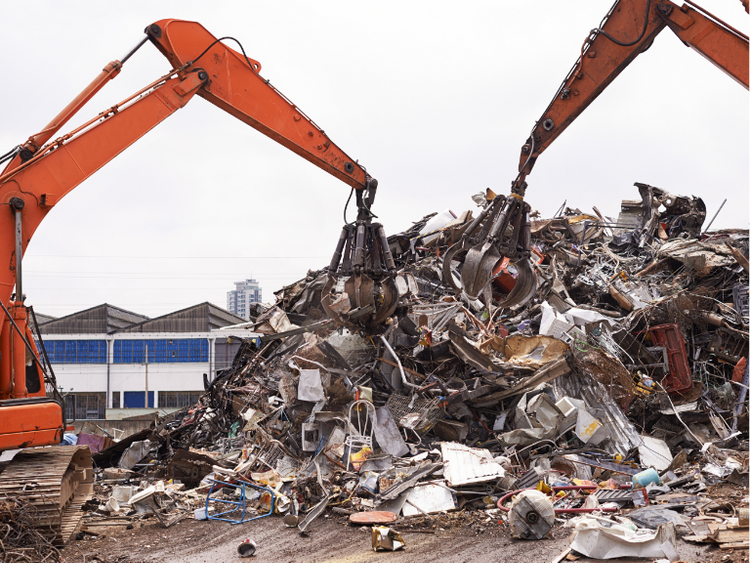Scrap Prices North America

February Scrap Prices Tricky to Predict
Written by Tim Triplett
January 25, 2022
Ferrous scrap prices in the U.S. saw a big, $60-per-ton drop in January – a surprise in a month when scrap prices usually rise. That makes it trickier than usual to predict what will happen to scrap prices in February.
![]() Experts said the January decline brought domestic prices more in line with foreign, and also reflected softening finished steel demand. Most view this downward move as short term as demand is likely to stabilize when new steel production capacity comes online later this year.
Experts said the January decline brought domestic prices more in line with foreign, and also reflected softening finished steel demand. Most view this downward move as short term as demand is likely to stabilize when new steel production capacity comes online later this year.
“At the moment, it doesn’t look like the market in February will move much from January levels,” said one dealer in the Northeast.
Export pricing has been stable since the January trade. Overseas, Turkish cost inflation and cool Asian demand are keeping scrap demand relatively lackluster.
Scrap inflows have slowed and supplies have tightened because of the January price drop, winter weather and COVID-related disruptions. On the demand side, however, mill order books in the U.S. are soft as steel buyers wait for the finished market to find a bottom.
“So, the bottom line is that supply and demand are reasonably balanced for now. I do expect U.S. mill demand for scrap to pick up in Q2 and Q3 as the new capacity gets going, but it does not sound like a Q1 event,” he said.
Another industry veteran believes there’s a chance ferrous scrap prices may decline further in February. “I believe the U.S. scrap market still has some holes in it that may allow for another drop. Even though the weather has been awful, scrap still finds a way to move unless things get ridiculously arctic. There are mills in the Midwest that have held up scrap or sent notice they are not buying this month due to internal breakdowns. Some say they are being flooded with scrap. This has allowed other minimills to capitalize on these dislocations. I can’t see dealers resisting mills’ efforts to drop prices again. The appropriate drop should be $20-30/GT, but they will go for more,” he predicted.
Healthy supplies and higher-than-normal prices could put downward pressure on scrap. “Despite the fact that January’s price drop was the largest for the month on record, prices are still quite elevated over historical norms,” added CRU Senior Analyst Ryan McKinley. “It wouldn’t surprise me if flows were still coming in for some yards despite the onset of winter weather conditions, especially when you consider that shredded scrap in the Great Lakes area is still trading around $150 per long ton higher than its 2010-2020 average.”
Market watchers keep a close eye on ferrous scrap costs as a leading indicator of finished steel prices.
By Tim Triplett, Tim@SteelMarketUpdate.com

Tim Triplett
Read more from Tim TriplettLatest in Scrap Prices North America

HRC vs. prime scrap spread widens in June
The price spread between HRC and prime scrap widened in June.

Ferrous scrap pricing sideways in June
Ferrous scrap prices in the US have remained stable from May to June.

HRC vs. scrap spread widens over $150/ton in March
The HRC vs. prime scrap spread increased again in March.

HRC vs. prime scrap spread increases in February
The price spread between hot-rolled coil (HRC) and prime scrap widened in February ahead of the implementation of President Trump’s tariffs on steel.
HRC vs. prime scrap spread narrows again in January
The price spread between hot-rolled coil (HRC) and prime scrap continued to narrow in January, according to SMU’s most recent pricing data. While SMU’s average HRC price edged down week over week (w/w), it rose compared to a month ago. The January price for busheling also increased from December. Our average HRC price as of […]
